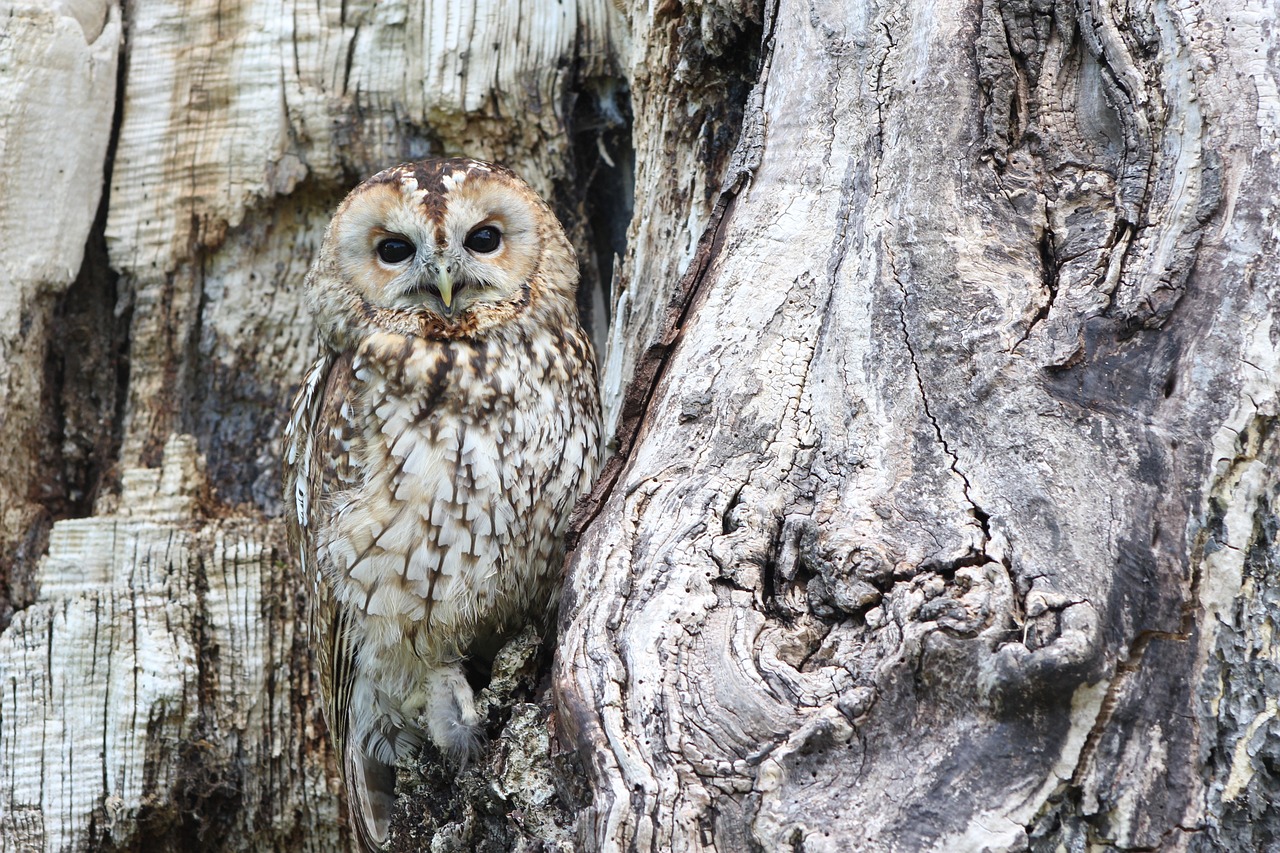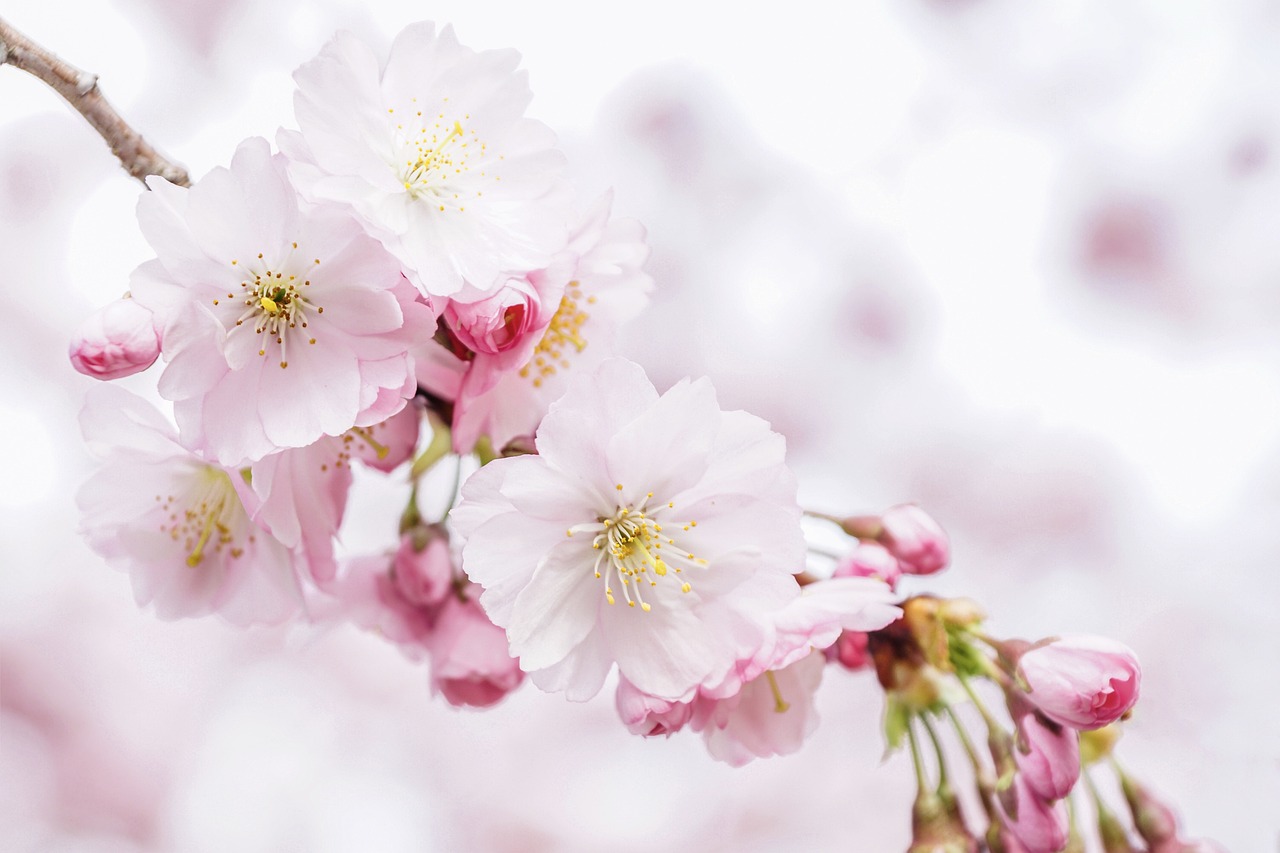The World Tree is a symbolic representation found in various mythologies. It often connects the heavens, earth, and underworld, serving as a bridge between different realms. Its interpretation varies across cultures, reflecting their beliefs about life, death, and the universe.
Understanding the World Tree in Mythology
The concept of the World Tree appears in many mythologies around the world. This tree is often depicted as a massive, central figure that supports the universe. It can represent different aspects of life, including creation, connection, and balance. Many cultures have their unique interpretations of the World Tree, which can be seen in their stories, symbols, and rituals.

One of the most well-known representations of the World Tree comes from Norse mythology, where it is called Yggdrasil. This tree is an immense ash tree that connects the nine worlds of Norse cosmology. Each world has its own characteristics and inhabitants, illustrating the interconnectedness of all existence. The roots of Yggdrasil extend into different realms, including Hel, the land of the dead, and Niflheim, the realm of ice and mist.
In addition to Norse beliefs, the World Tree also appears in other cultures. For instance, in Mesoamerican traditions, the Ceiba tree is considered sacred. It symbolizes the connection between the underworld, earth, and sky. The branches of the Ceiba reach toward the heavens while its roots dig deep into the earth. This duality emphasizes the importance of balance in nature.
Symbolism of the World Tree
The World Tree symbolizes various themes across different cultures. Here are some key interpretations:

- Connection: The World Tree often represents the connection between different realms. It serves as a bridge linking heaven, earth, and the underworld.
- Life Cycle: The tree embodies the cycle of life and death. It shows how life continues through growth, decay, and renewal.
- Knowledge: Many myths associate the World Tree with wisdom and knowledge. It is often depicted as a source of enlightenment for those who seek it.
- Unity: The World Tree signifies unity among all living beings. It reminds us that everything is interconnected.
World Tree Across Cultures
Different cultures interpret the World Tree uniquely, adding depth to its symbolism. Below is a table highlighting various representations:
| Cultural Origin | Name of the World Tree | Significance |
|---|---|---|
| Norse | Yggdrasil | Connects nine worlds; represents life, fate, and destiny. |
| Mesoamerican | Ceiba | Symbolizes connection between earth and heavens; sacred to many indigenous cultures. |
| Slavic | Oak Tree | Represents strength and endurance; connects various realms. |
| Hindu | Banyan Tree | Symbolizes immortality; represents life’s interconnectedness. |
The representation of the World Tree can also be found in various art forms. These include paintings, sculptures, and textiles that depict trees with elaborate roots and branches. Such artwork often reflects cultural values and beliefs about nature and existence.
Moreover, many contemporary practices draw inspiration from these ancient symbols. People engage in rituals or create art that honors the World Tree’s significance in their lives. This connection to mythology fosters a deeper understanding of one’s heritage and beliefs.

As we explore further into how different societies interpret the World Tree, it becomes evident that this concept transcends mere symbolism. It prompts discussions about our relationship with nature and each other. Understanding these interpretations allows us to appreciate diverse perspectives on life and existence.
Mythological Interpretations of the World Tree
The World Tree serves as a profound representation of various mythological narratives. Different cultures have woven intricate tales around the tree, emphasizing its importance in their belief systems. These stories often illustrate moral lessons, spiritual beliefs, and the nature of existence itself.
Norse Mythology: The Great Yggdrasil
In Norse mythology, Yggdrasil is not only a tree but a central figure in the cosmos. It is described as an ash tree, and its branches stretch out across the heavens. Below are some essential aspects related to Yggdrasil:
- Connection of Worlds: Yggdrasil connects the nine realms, including Asgard (home of the gods) and Midgard (home of humans). This connection symbolizes the interaction between different life forms.
- Guardians: Various creatures inhabit Yggdrasil, including a wise eagle at its top and a dragon named Nidhogg at its roots. These beings represent knowledge, danger, and the balance of life.
- Fate and Destiny: The Norns, three female beings who control fate, reside at the base of Yggdrasil. They water the tree with sacred water, showing how life and destiny are intertwined.
Through these elements, Norse mythology illustrates the significance of Yggdrasil in understanding life’s complexities and mysteries.

Mesoamerican Perspectives: The Sacred Ceiba Tree
In Mesoamerican cultures, the Ceiba tree holds a sacred place. It is often depicted in various art forms and is central to many spiritual practices. Key interpretations include:
- Axis Mundi: The Ceiba acts as an axis mundi, connecting the heavens and the earth. Its trunk represents stability, while its branches symbolize the sky.
- Spiritual Realm: The branches of the Ceiba are said to reach into the heavens, where gods reside. This connection emphasizes the belief in divine beings influencing human life.
- Symbol of Fertility: The Ceiba is also associated with fertility and growth. Its extensive roots reflect the nurturing aspect of nature.
The reverence for the Ceiba tree demonstrates how Mesoamerican cultures view nature as a vital part of their existence and spirituality.
Common Themes Across Cultures
While different cultures may have unique interpretations of the World Tree, several common themes emerge. These themes highlight universal beliefs about life and existence:
- Interconnectedness: Most mythologies emphasize how all forms of life are connected through the World Tree. This interconnectedness fosters a sense of community and belonging.
- Balance: Many interpretations illustrate the need for balance between opposing forces, such as life and death or light and dark. The World Tree often symbolizes this equilibrium.
- Growth and Renewal: The cyclical nature of life is a recurring theme. The growth of leaves and branches represents birth, while shedding leaves signifies death and rebirth.
- Wisdom and Knowledge: The World Tree is frequently associated with wisdom. It serves as a source of knowledge for those who seek to understand deeper truths about existence.
The World Tree in Contemporary Culture
The influence of the World Tree extends beyond ancient myths into contemporary culture. Modern interpretations can be seen in literature, art, and even popular media.
Literature and Art
In literature, authors often draw inspiration from the World Tree to explore themes of connection and identity. For example, fantasy novels frequently feature trees that serve as portals to other worlds or as sources of magical power.
Visual artists also depict the World Tree in their works. These representations may vary from realistic portrayals to abstract interpretations. Artists use this symbol to express personal beliefs or critique societal issues.
Popular Media
The World Tree has found its way into films and video games as well. It often appears as a central element in stories that deal with themes of adventure, discovery, and self-realization. Examples include:
- Movies: Films that explore fantasy worlds frequently feature trees similar to the World Tree as significant elements in their narratives.
- Video Games: Many games utilize trees that connect different realms or offer players quests related to growth and exploration.
This ongoing interest in the World Tree reflects humanity’s enduring fascination with nature’s mysteries and our place within it. As we delve deeper into these interpretations, we gain insights into our cultural heritage and shared human experience.
Spiritual and Ritualistic Significance of the World Tree
The World Tree is not just a symbol; it holds profound spiritual and ritualistic significance in many cultures. People have utilized this symbol to guide their spiritual practices and connect with the divine. The rituals surrounding the World Tree often emphasize the importance of nature and the cosmos.
Ritual Practices Involving the World Tree
Many cultures incorporate the World Tree into their rituals and ceremonies. These practices may vary but generally focus on themes of renewal, connection, and reverence for nature. Below are some common rituals associated with the World Tree:
- Seasonal Festivals: Many cultures celebrate seasonal changes by honoring the World Tree. For instance, spring festivals may involve planting or decorating trees to symbolize rebirth and growth.
- Offerings: In some traditions, people make offerings at the base of sacred trees. These offerings can include food, flowers, or other items meant to honor the spirits residing within the tree.
- Storytelling: Rituals often involve storytelling sessions where elders recount tales related to the World Tree. These stories serve to pass down wisdom and cultural values.
These rituals not only reinforce community bonds but also serve as a reminder of humanity’s connection to nature and the universe.
The World Tree in Shamanic Practices
Shamanism often features the World Tree as a central element in spiritual journeys. Shamans view the tree as a bridge between the physical and spiritual realms. Here are some aspects of its role in shamanic practices:
- Journeying: Shamans may use the image of the World Tree during trance states to journey through different realms. The tree serves as a guide, helping them navigate their experiences.
- Healing: Many shamans believe that tapping into the energy of the World Tree can facilitate healing for individuals or communities. This healing often involves rituals that honor the tree and its symbolism.
- Spirit Guides: The World Tree is sometimes seen as a source of spirit guides, who assist shamans in their work. These guides may be represented as animals or beings associated with different parts of the tree.
The World Tree in Astrology and Cosmology
The significance of the World Tree extends into astrology and cosmology, where it symbolizes celestial connections. This perspective emphasizes how ancient cultures viewed their place in the universe.
Celestial Connections
In many cultures, the World Tree acts as a representation of the cosmos. Its branches often symbolize the heavens, while its roots connect to the underworld. Here are some ways that cultures interpret these celestial connections:
- Stars and Constellations: In some traditions, the branches of the World Tree are associated with stars or constellations. This connection illustrates how ancient peoples understood their surroundings and sought to find meaning in celestial events.
- Cycles of Nature: The changing seasons are often linked to cosmic cycles represented by the World Tree. As such, it serves as a reminder of the interconnectedness between earthly life and celestial movements.
- Astrological Significance: Some cultures associate specific trees with astrological signs. For example, certain trees may symbolize particular traits or characteristics aligned with zodiac signs, further connecting nature with human identity.
Cultural Cosmologies and Creation Myths
The World Tree frequently appears in creation myths across various cultures. These stories often detail how life began and how humans relate to nature. Some notable creation myths include:
- Norse Creation Myth: According to Norse beliefs, Yggdrasil emerged from chaos at the beginning of time. Its existence facilitated the creation of worlds and life itself.
- Mesoamerican Creation Stories: In Mesoamerican traditions, creation stories often involve gods planting a sacred tree that leads to life on earth.
- Hindu Cosmology: In Hindu myths, trees symbolize various aspects of creation, representing both life and destruction as part of a cyclical universe.
These myths illustrate how societies use the World Tree as a metaphor for understanding existence, creation, and their relationship with nature.
The exploration of these spiritual dimensions surrounding the World Tree provides profound insights into how ancient peoples viewed their world. Their rituals reflect a deep respect for nature and an understanding of the interconnectedness of all life forms.
The Legacy of the World Tree in Modern Society
The World Tree continues to resonate in modern society, influencing various aspects of culture, spirituality, and environmentalism. As people seek to reconnect with nature and understand their place in the universe, the symbolism of the World Tree serves as a powerful reminder of our interconnectedness with all living beings.
Environmental Awareness and Conservation
In recent years, the World Tree’s symbolism has gained prominence in environmental movements. Many organizations use the tree as a metaphor for ecological health and sustainability. This has led to an increased awareness of the need for conservation and respect for natural ecosystems. Here are some key ways the World Tree influences environmental consciousness:
- Symbol of Life: The World Tree is often portrayed as a life-giving entity. This perspective encourages people to protect forests and ecosystems that provide essential resources for survival.
- Awareness Campaigns: Various campaigns use the imagery of the World Tree to raise awareness about climate change and deforestation. These initiatives highlight the importance of preserving biodiversity.
- Community Engagement: Local communities often organize tree-planting events or conservation projects inspired by the World Tree’s symbolism. These activities foster a sense of responsibility toward nature.
Cultural Revitalization
The World Tree serves as a source of inspiration for cultural revitalization efforts among indigenous peoples. Many communities emphasize their ancestral connections to nature through the symbolism of the World Tree. This focus on cultural heritage promotes pride and identity within these groups. Some ways in which this revitalization occurs include:
- Traditional Practices: Many indigenous cultures celebrate their historical connections to the World Tree by incorporating it into rituals, ceremonies, and storytelling.
- Education Programs: Workshops and educational initiatives aim to teach younger generations about the significance of the World Tree in their cultural narratives, ensuring that this knowledge is preserved.
- Artistic Expressions: Artists create works that reflect the importance of the World Tree, allowing cultural expressions to flourish while also educating others about its significance.
Final Thoughts
The World Tree is a multifaceted symbol that transcends time and culture. From its roots in ancient mythologies to its contemporary interpretations, this powerful image illustrates humanity’s connection to nature, spirituality, and existence. As we explore the significance of the World Tree across various cultures, we discover essential themes that resonate within us today.
Key takeaways from our exploration include:
- The World Tree serves as a universal symbol connecting various realms of existence, embodying themes of life, death, and rebirth.
- Diverse cultures interpret the World Tree in unique ways, yet common themes such as interconnectedness and balance emerge across these interpretations.
- Rituals and spiritual practices involving the World Tree highlight humanity’s long-standing reverence for nature and its mysteries.
- The legacy of the World Tree continues to influence modern environmental movements and cultural revitalization efforts, emphasizing our need to connect with nature and our heritage.
Ultimately, the World Tree invites us to reflect on our relationships with each other, our environment, and the cosmos. By understanding its rich symbolism, we can better appreciate the intricate web of life that surrounds us and recognize our role within it. As we navigate contemporary challenges, let us draw inspiration from the lessons embodied by the World Tree and strive for harmony with nature and one another.
